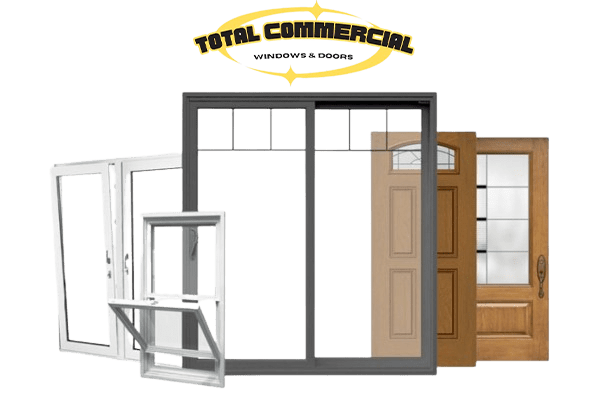Frequently Asked Question
Commercial windows are tailored for larger, often multi-story buildings, prioritizing durability and energy efficiency. They feature robust materials like aluminum or steel and advanced glazing for enhanced insulation.
In contrast, residential windows cater to individual homes, offering a variety of styles and decorative options to match architectural preferences. While both prioritize functionality, commercial windows excel in scale and efficiency, while residential windows focus on aesthetics and customization.
Commercial buildings typically employ a range of windows suited to their unique needs. Fixed windows offer uninterrupted views and abundant natural light, ideal for modern office spaces. Sliding windows provide easy operation and are popular in retail settings for their space-saving design. Casement windows offer excellent ventilation, perfect for educational institutions and healthcare facilities. Double-hung windows provide versatility and are commonly found in government buildings and residential complexes. Awning windows are suitable for areas requiring ventilation in all weather conditions, such as industrial facilities. Skylights enhance daylighting in atriums and warehouses. Storefront windows maximize visibility and natural light in retail stores and restaurants. Each type serves a specific purpose, contributing to the functionality and aesthetics of commercial spaces.
Using Windows Home for commercial purposes is not recommended due to licensing restrictions and limitations in features essential for business use. Windows Home editions are designed for personal use and lack key functionalities such as domain joining, group policy management, and remote desktop access, which are crucial for business operations. To ensure compliance with licensing terms and meet the needs of your business, it’s advisable to use Windows Pro or higher editions specifically tailored for commercial use.


